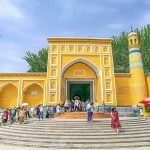Xinjiang, a land where the East meets the West, is like a treasure chest brimming with history, culture, and endless surprises. Nestled at the heart of the Silk Road, this stunning region offers travelers an unforgettable experience of ancient trade routes, fascinating religions, and mouth-watering flavors. Ready to travel back in time? Let’s explore Xinjiang’s rich culture, heritage, and some of the Silk Road landmarks that make it a must-see destination!
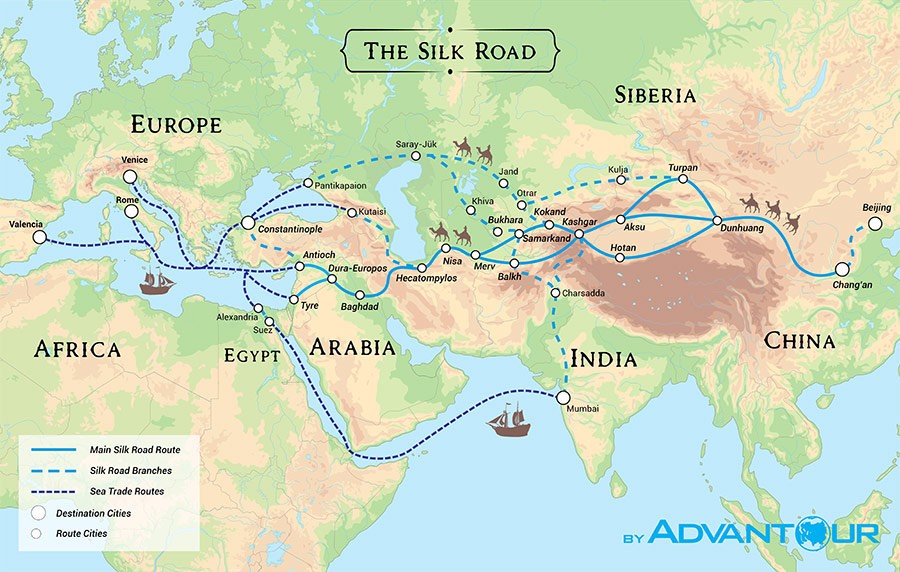
The Silk Road: A Tapestry of Cultures and Stories
The Silk Road, which dates back over 2,000 years, was not just a trade route for spices, silk, and precious goods. It was a melting pot where cultures, ideas, and religions mingled freely. Xinjiang, being the gateway to Central Asia, became a cultural crossroads, with traders, scholars, and adventurers from all corners of the globe making their way through the region. This mix of cultures shaped the architecture, art, and traditions of Xinjiang, making it one of the most vibrant and unique places in China.
This blending of influences from Persia, India, Central Asia, and China is still visible in Xinjiang today, in its people, customs, and landmarks. As you travel through Xinjiang, you’ll discover how this cross-cultural exchange shaped not only the region but also the world.
Religion and Spirituality Along the Silk Road
The Silk Road was also a path for the spread of religions, and Xinjiang played a crucial role in this spiritual journey. From Buddhism to Islam, the region has long been a melting pot of belief systems and practices.
One of the most significant religious landmarks in Xinjiang is the Id Kah Mosque in Kashgar, the largest mosque in China. This architectural gem stands as a symbol of the deep-rooted Islamic faith that has been part of the region for centuries. It is an impressive structure with intricate carvings, beautiful courtyards, and a rich history of serving as a spiritual center for Uygur Muslims.
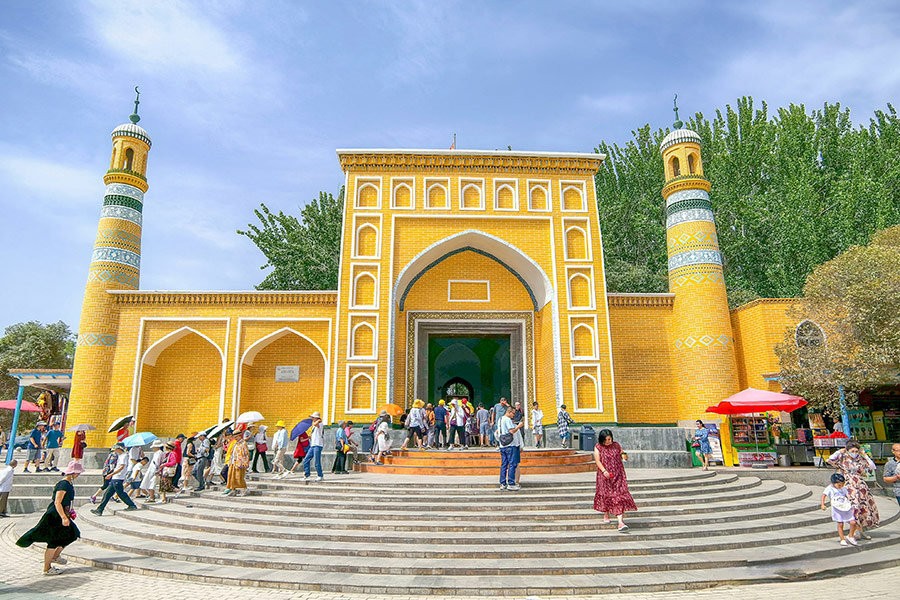
Another highlight is the Dunhuang Mogao Caves, located just outside Xinjiang but deeply connected to its Silk Road heritage. The caves are famous for their stunning Buddhist murals and statues, depicting scenes from the life of Buddha and illustrating the cultural exchanges that occurred along the Silk Road.
Silk Road Landmarks to Explore in Xinjiang
Kashgar: A Gateway to the West
Kashgar is a living testament to the Silk Road’s enduring legacy. As one of the oldest cities in the world, Kashgar has served as a crucial point for trade and cultural exchange for over 2,000 years. Walking through the Kashgar Old Town feels like stepping back in time, with its winding alleys, traditional mud-brick houses, and bustling bazaars. The old town’s vibrant markets are filled with spices, textiles, and souvenirs, making it an absolute must-visit.
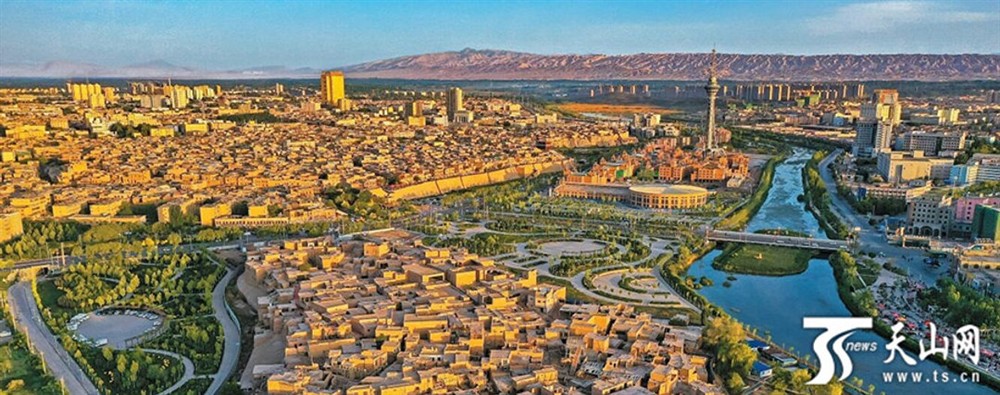
The Kashgar Sunday Market is especially noteworthy. This lively market is one of the largest in Central Asia, offering everything from handmade carpets to fresh fruit. It’s a perfect spot to witness the fusion of different cultures and see the continuing spirit of the Silk Road in action.
Turpan: The Oasis of the Silk Road
Located in the scorching Turpan Depression, Turpan is one of the hottest places on earth but also a historic oasis along the Silk Road. Known for its stunning desert landscapes and ancient irrigation system, Turpan is a great place to experience both nature and history.
The Karez Wells system is an ancient marvel that has been in use for over 2,000 years. These underground canals were designed to bring water from mountain springs to the arid plains, enabling Turpan’s agricultural success. Visitors can explore the Karez tunnels and learn about how these ingenious systems have sustained life in the desert.
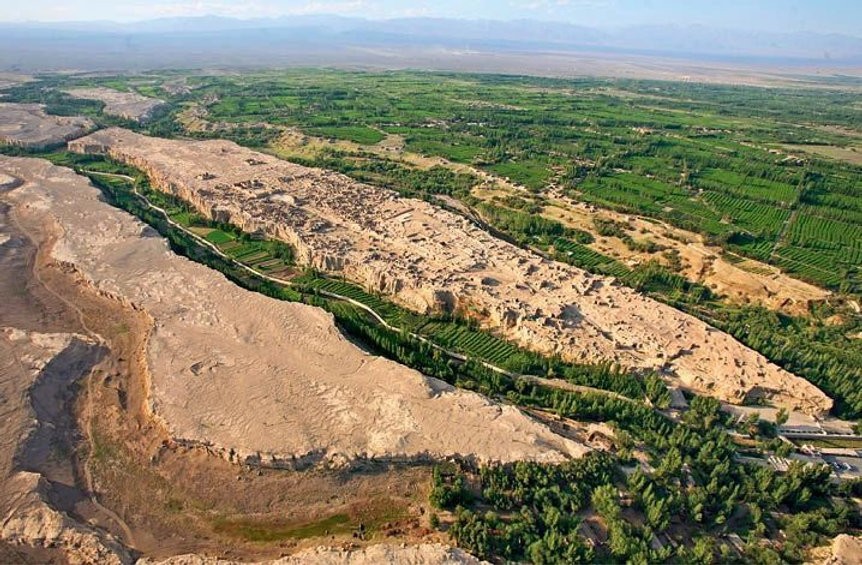
Jiaohe Ancient City, another fascinating sight in Turpan, is one of the best-preserved ruins of an ancient Silk Road city. The city was carved into the cliffs and dates back to the Han Dynasty. It once served as a thriving center for trade, culture, and military defense. Today, it’s a hauntingly beautiful site that allows visitors to walk through the ruins of an ancient civilization.
The Heavenly Lake of Tianshan
Located high in the Tianshan Mountains, the Heavenly Lake (Tian Chi) is one of Xinjiang’s most beautiful natural wonders. Surrounded by snow-capped peaks, lush meadows, and alpine forests, the lake is as tranquil as it is breathtaking. The area is perfect for hiking, boating, or simply relaxing by the shore, enjoying the stunning scenery. Legend has it that the lake was named for its otherworldly beauty—worthy of the heavens!
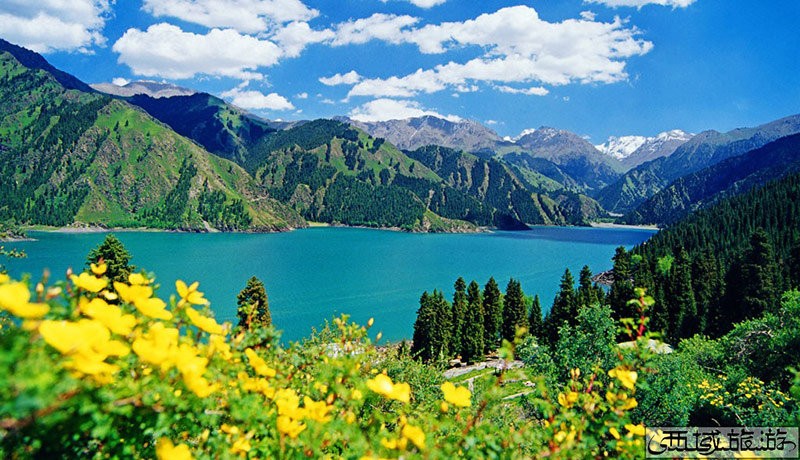
The Taklamakan Desert: The Sea of Death
For those with a spirit of adventure, the Taklamakan Desert is one of the most iconic landscapes in Xinjiang. Often called the “Sea of Death,” the Taklamakan is one of the largest deserts in the world, with vast, endless dunes stretching to the horizon. Despite its harsh conditions, the desert has been a vital part of the Silk Road. Merchants crossed its vast stretches, bringing goods between the East and West.
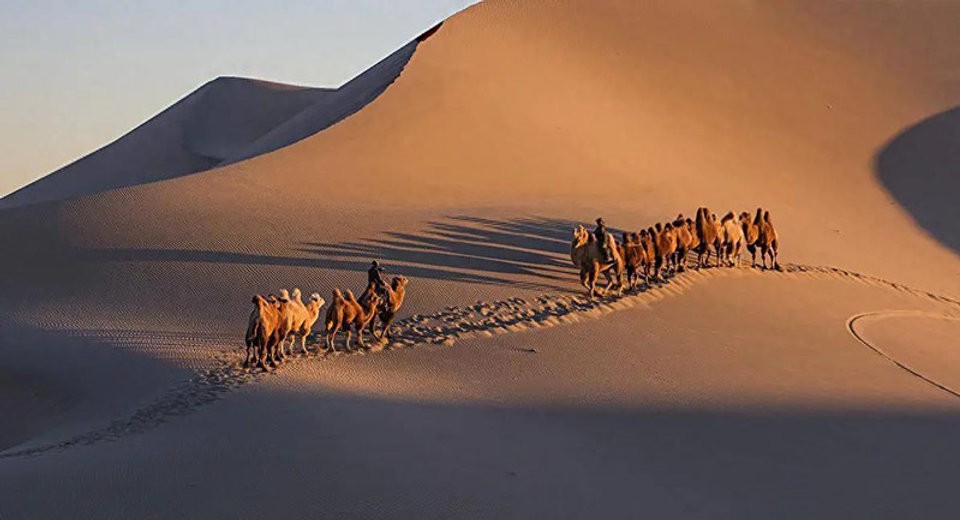
Though it may seem daunting, the desert offers a sense of serenity and mystique. Visitors can experience camel rides, take desert treks, or simply marvel at the natural beauty of the endless sand dunes under a sky filled with stars.
The Altai Mountains: A Land of Legends
The Altai Mountains are another stunning feature of Xinjiang, situated at the far northern edge of the province. Known for their snow-capped peaks, deep valleys, and ancient forests, the Altai Mountains have long been an important part of both history and mythology. The mountains have been home to many nomadic cultures and serve as a place of spiritual significance for the indigenous Kazakh people.
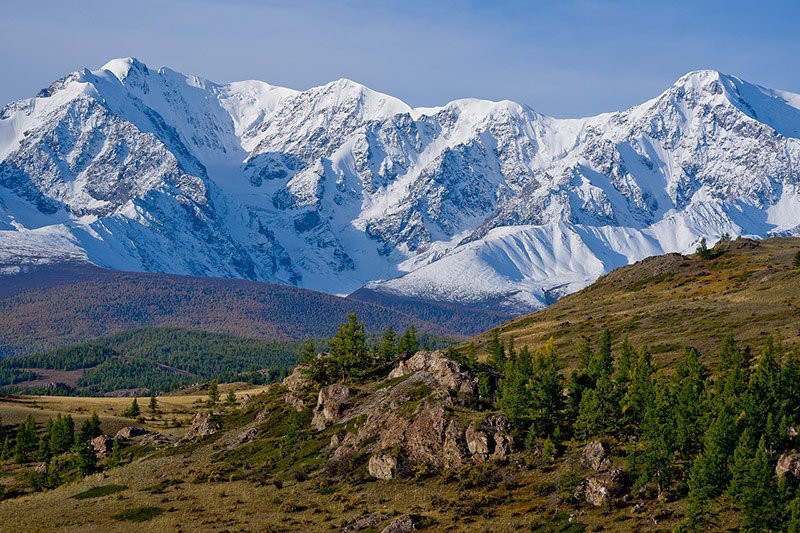
The Uygur Villages: A Glimpse of Tradition
In Xinjiang, visiting the Uygur villages offers a unique chance to step into a world that seems frozen in time. These villages are filled with traditional mud-brick houses, vibrant markets, and an array of handicrafts that showcase the Uygur people’s rich cultural heritage. Strolling through these villages, you’ll get a sense of what life was like along the ancient trade routes.
The Uygur culture is known for its music, dance, and festivals. The Uygur people celebrate life with colorful festivities and beautiful performances that reflect the region’s diverse heritage. If you visit during a local festival, you’ll experience the warmth and hospitality of the Uygur people and their centuries-old traditions.
The Magic of Xinjiang
Xinjiang is a region where the past and present come together in a magical blend of cultures, landscapes, and stories. From the bustling streets of Kashgar to the serene beauty of the Heavenly Lake, every corner of this province tells a story of the Silk Road—an ancient journey that shaped the world we live in today. Whether you’re exploring the ruins of ancient cities, wandering through desert landscapes, or soaking in the rich cultural heritage, Xinjiang offers a treasure trove of experiences that will leave you in awe. So pack your bags, put on your explorer hat, and get ready to discover the wonders of Xinjiang, where the spirit of the Silk Road is alive and waiting to be uncovered!
Contact us today to craft your dream China adventure!

